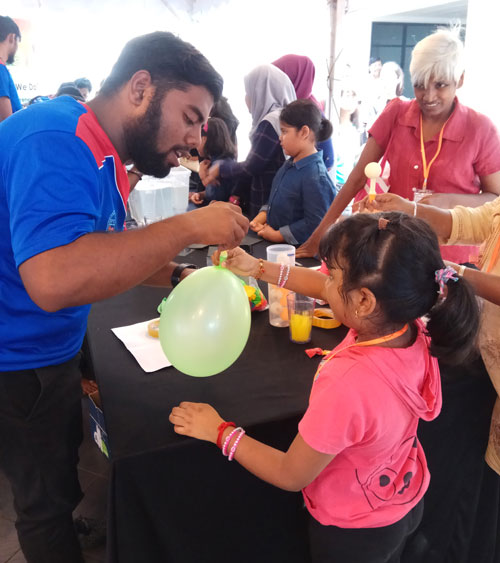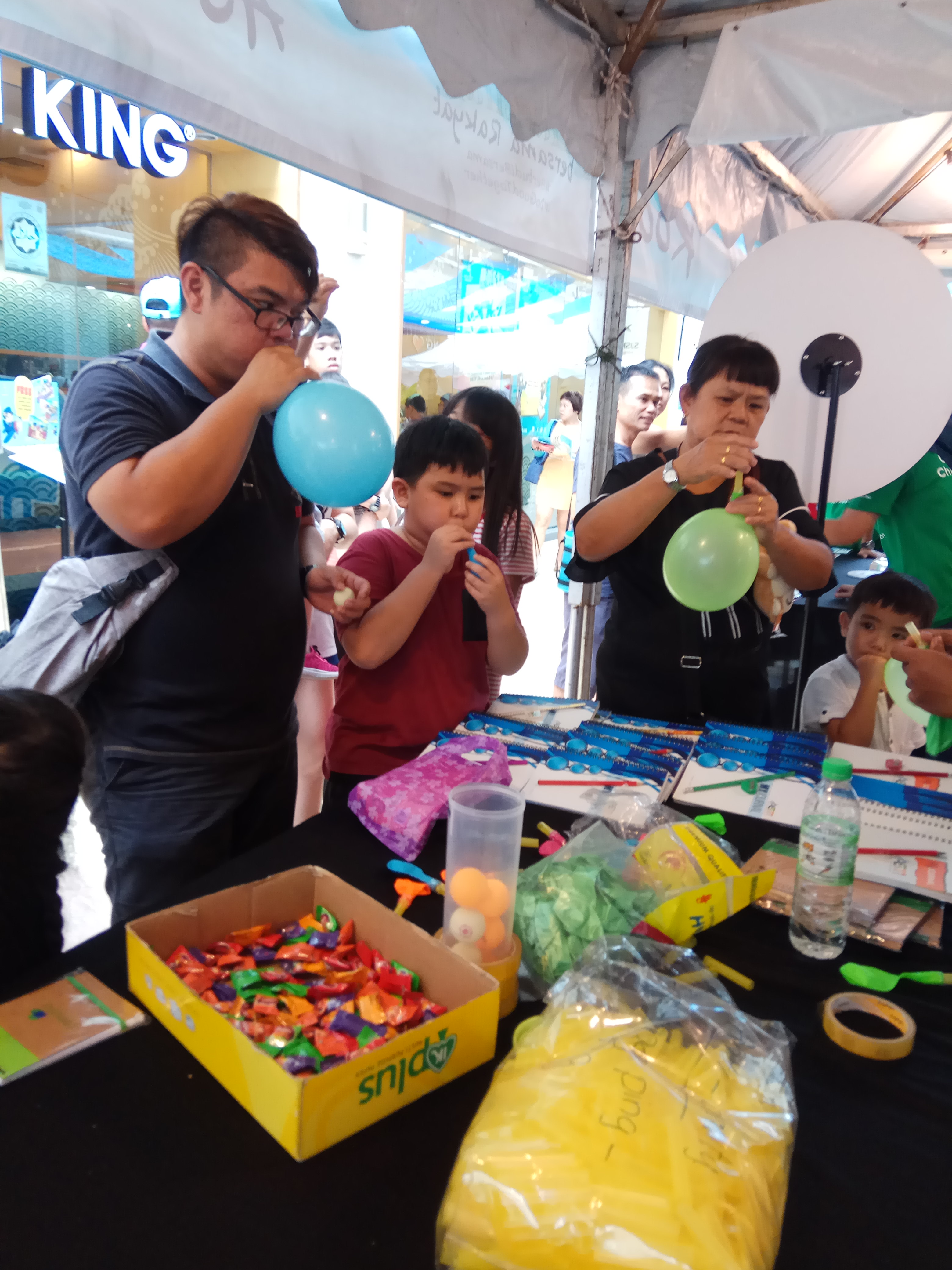
BACKGROUND
Students of science usually tend to limit their thinking to formulas, and to algebra, trigonometry and geometry; often, they do not try to understand the real science behind the happenings around them. Lessons usually are treated as sessions to help solve problems relevant for their exams, as a runner would view a hurdle. Apparently, students are more interested in the final answers than the scientific process involved.
Science can be made interesting. It is an important subject that forms an integral part of our daily lives—with or without us realising them. Even mundane activities like walking, eating, swimming, etc, has a scientific dimension. Therefore, understanding the science behind our daily actions and our surroundings will facilitate learning in a more enjoyable way.
If taught properly, science could open up our imagination almost uninhibitedly. But, the emphasis should not be on numerical answers or ‘scientific terms’ but on understanding scientific concepts, which could make science far more accessible—and hence, interesting—to the young. In other words, science cannot be treated merely as a subject but ought to also have an entertainment value. In that way, students may begin to look forward to science as a tool to understand themselves and their surroundings.

-
-
- The Camp is focused on helping to empower the young to think in both a creative and critical manner. It consists of presentations and activities to help the young and youth build this capacity
- We hope to build effective resources, guides, and know-how to make this a recurring camp for young people across the country.
- We using competitive and collaborative methods to produce positive outcomes when making choices.
- The camp helping the young to realize on learning is making fun by not just memorizing facts but by understanding what you learn.
-
The project will be implemented in two phases, (not necessarily in the order described below) to focus on two key areas:

- Visit by volunteers to schools to exhibit some simple but interesting science experiments which are entertaining and educational.
- Visit by students to science related places in the country such as the National Sciences Centre. (Other places of interest that could be considered: Forest Reserve Institute of Malaysia [FRIM], Planetarium, Petroscience [KLCC], etc.)
For phase 1, the project will shortlist about 20 fun filled science experiments, of which 10 will be selected for demonstration during school visits. For this purpose—i.e., for demonstration of experiments—the foundation aims to identify a pool of volunteers (about 10) who may be available for the visit. Each volunteer would be provided with adequate training and some allowance for their efforts.
For phase 2, the project will escort a group of students identified by the teachers and the foundation to the National Science Centre. Before the visit, the organiser would first visit the proposed place to study and identify key exhibits which would be relevant in accordance with the student age, syllabus, ability and interest. It is hoped that the exhibit which are identified and then highlighted, may spark an interest in science among the young children. The students would be accompanied by volunteers (at 1:10 ratio) who would act as guides, giving explanation on the exhibits. All volunteers would be given adequate training prior to the visits.
For both phases, the project aims to produce a booklet that can be used to help the child understand how the related experiment works. The booklet should also contain relevant information to be used as a follow up document to be used by the teachers or the students themselves to learn more about science. The booklet may also contain further experiments that the students can perform on their own with friends. The project also aims to give out small regularly used souvenirs (e.g. keychain, badge) to remind them of the visit. Quizzes may also be organised for the students during the visit to further enhance the effectiveness of the project. As an earned income strategy, schools would be required to pay RM 200 to participate.
The project will introduce a follow up mechanism by organising a second visit, or an essay competition for students related to science and technology. Prizes can be given to those who participate in the competition.
Some of the things to consider for the project would be:
1,303 total views, 3 views today
